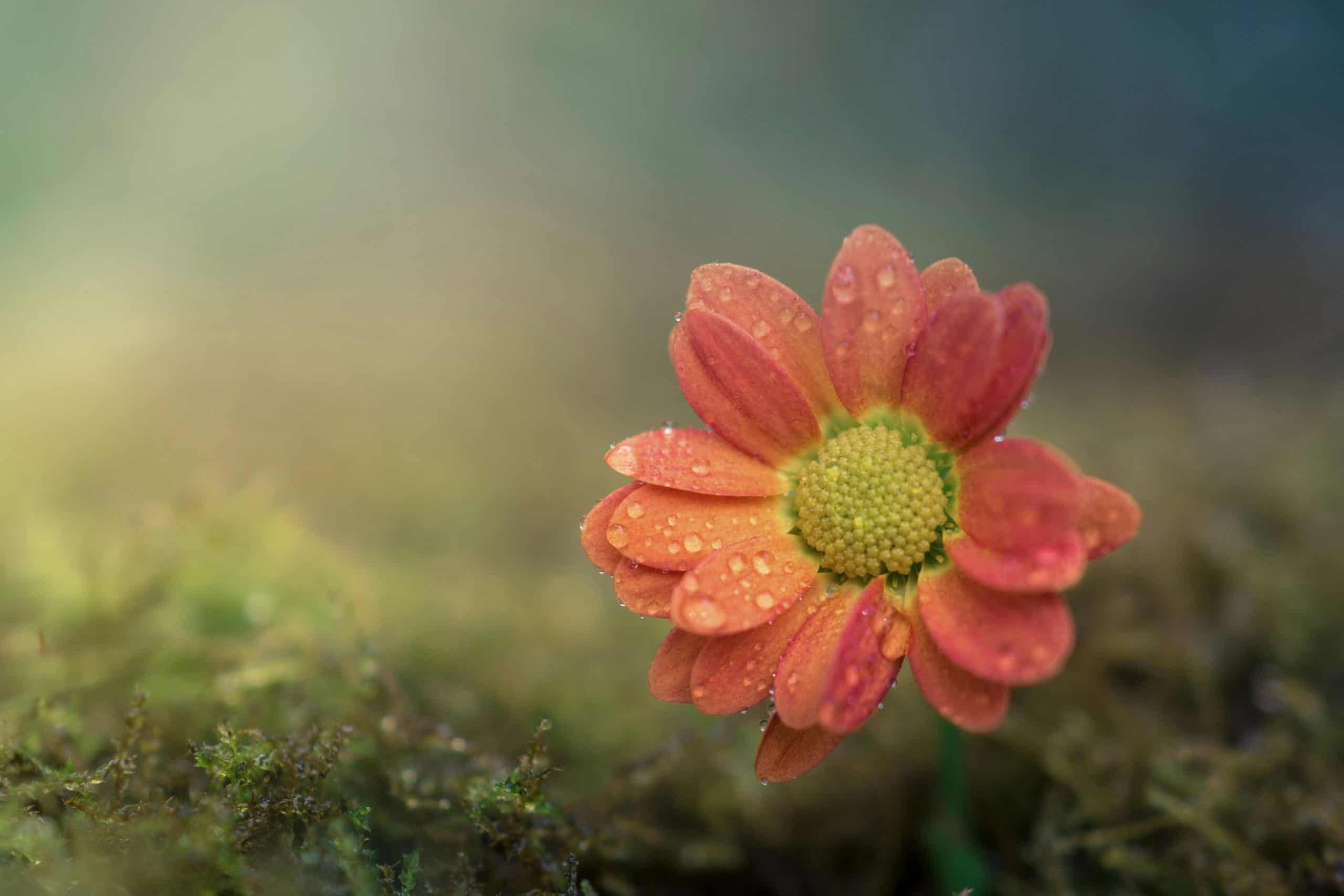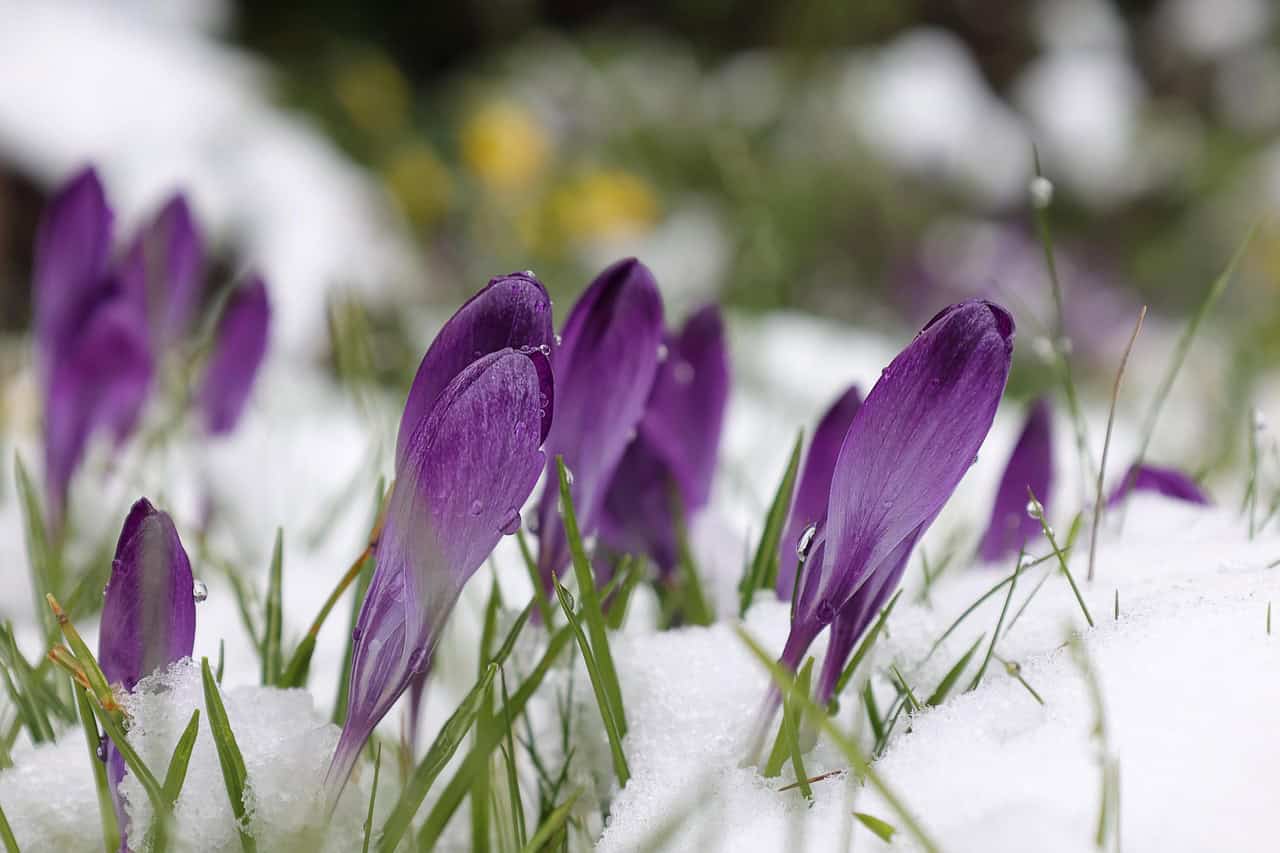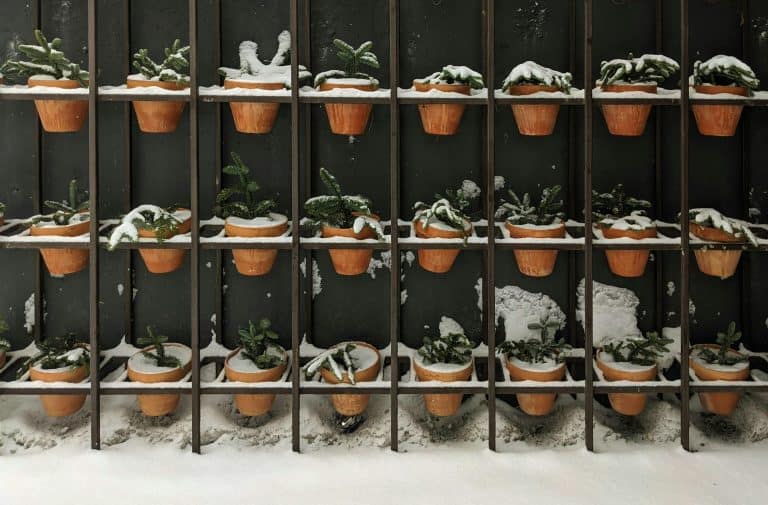As the vibrant greens of summer begin to mellow into the golden hues of fall, gardeners everywhere feel the shift. It’s a time of transition, preparation, and quiet excitement. The slow and sleeping garden season isn’t about endings—it’s about setting the stage for restful beauty and future blooms. With just a bit of thoughtful care, your garden can thrive through the colder months and burst into life come spring. This guide will walk you through what to trim, dig up, leave, mulch, and plant, all with a sense of ease and seasonal joy.
Your Beloved Garden: What to Trim and Tidy
Fall is the perfect time to give your shrubs and trees a gentle haircut, especially if you are planning on using net lights on the hedges. It is heathy for the shrubs and trees, and it gives a fresh, manicured look to your gardenscapes.
- Trim back perennials that have finished blooming, especially those prone to rot.
- Cut back ornamental grasses to a few inches above the ground.
- Prune dead or diseased branches from trees and shrubs to prevent winter damage.
- Remove dangerous limbs now—before snow and ice make them a hazard.
This seasonal cleanup not only keeps your garden looking tidy but also protects your plants and property from winter’s weight.
Feeding the Garden for a Happier Spring

Fall and winter feeding sets the stage for vigorous growth. Just always read the labels on any of the fertilizers you decide to use. More is not always more if too much is harmful. When seasons turn back to green you will notice the difference, and you will be so proud. Unless you used too much (wink).
- Add compost or well-rotted manure to vegetable beds.
- Use slow-release organic fertilizers around perennials and shrubs.
- In winter, top-dress with compost to enrich the soil without disturbing dormant roots.
Feeding now means your garden wakes up strong and ready when spring arrives.
What to Dig Up, Leave, and Mulch
Some plants need to be lifted, while others are best left to rest. Gardening is teaching deep life lessons out there; it is a beautiful reflection to notice. This is also a good time to thin out any plants that have started to overfill their space.
- Dig up tender bulbs like dahlias and gladiolus. Store them in a cool, dry place.
- Leave hardy perennials like coneflowers and black-eyed Susans. Their seed heads feed birds and add winter interest.
- Mulch around the base of trees, shrubs, and perennials with shredded leaves or bark. This insulates roots and prevents frost heaving.
Mulching is a simple act with big rewards—it protects, nourishes, and beautifies.
Planting Mums and Winter Pansies

Mums are the quintessential fall bloomers. I love them so much I’m busting out with big words. They are my absolute favorite flower. Pansies are always such a bright delight to see amass the dark mulch or popping out of the fresh snow. Planting these are a great way to feel like you are still the queen of the garden club even when your roses and hydrangeas are sleeping.
- Plant them early in the season so they can establish roots before frost.
- Choose sunny spots with well-drained soil for best results.
- Winter pansies can be planted in late fall. They’ll bloom through mild winter days and bounce back in early spring.
These cheerful flowers bring color and life when most of the garden is sleeping.
What Can Thrive in Winter
Not everything sleeps through the cold. Some plants shine in the chill. Look for places these cold weather friendly plants will compliment bare branches, line walkways and still make an impact even when it has started snowing. Adding pansies where snow is likely to drift could be disappointing, and your garden doesn’t want to disappoint you, I promise.
- Kale, spinach, and collards can survive and even thrive in winter gardens.
- Winter pansies and violas bloom through frost.
- Evergreens and ornamental cabbages add structure and color.
With the right choices, your garden landscape can be full of life and texture throughout the fall and winter.
Bulb Planting for Late Winter and Early Spring

Yes, it’s time—planting bulbs now is a gift to your future self. If you shop around garden centers this time of year, they will absolutely have bags of bulbs. Bonus, if it is a garden center in a big box store, they are also likely to be on sale, since they are turning their garden center spaces into holiday areas.
- Tulips, daffodils, crocus, and hyacinths should be planted before the ground freezes.
- Choose spots with good drainage and full sun.
- Plant bulbs two to three times as deep as their height and water them in well.
Come late winter and early spring, these bulbs will be your garden’s first whisper of renewal.
Final Thoughts: A Season of Quiet Joy
There’s something deeply satisfying about preparing your garden for its winter slumber. It’s a time to reflect, to nurture, and to anticipate. By trimming, mulching, planting, and feeding, you’re not just maintaining—you’re investing in beauty yet to come. The garden season is a gentle pause, a breath before the bloom. Embrace it, and your garden will thank you with a vibrant spring awakening.







